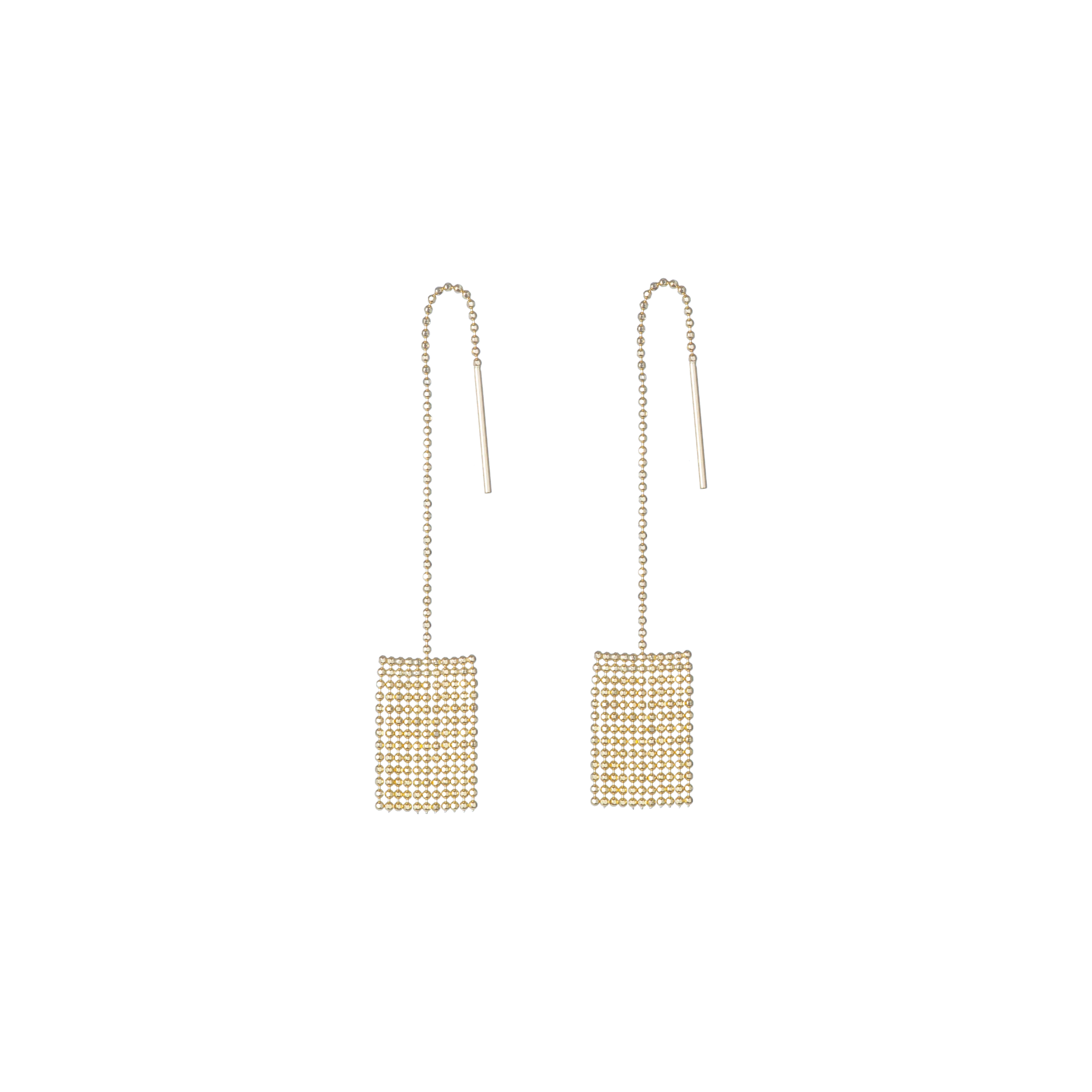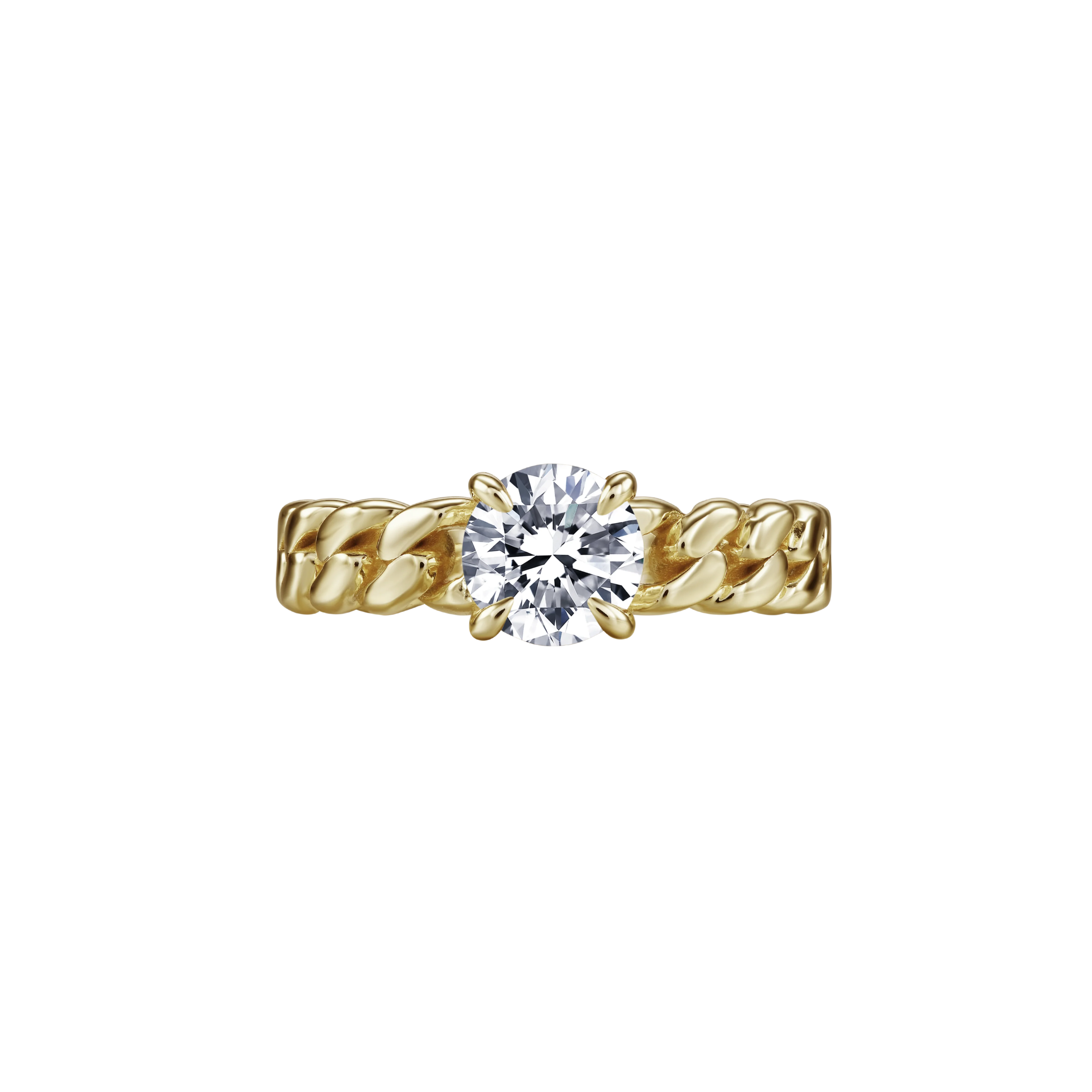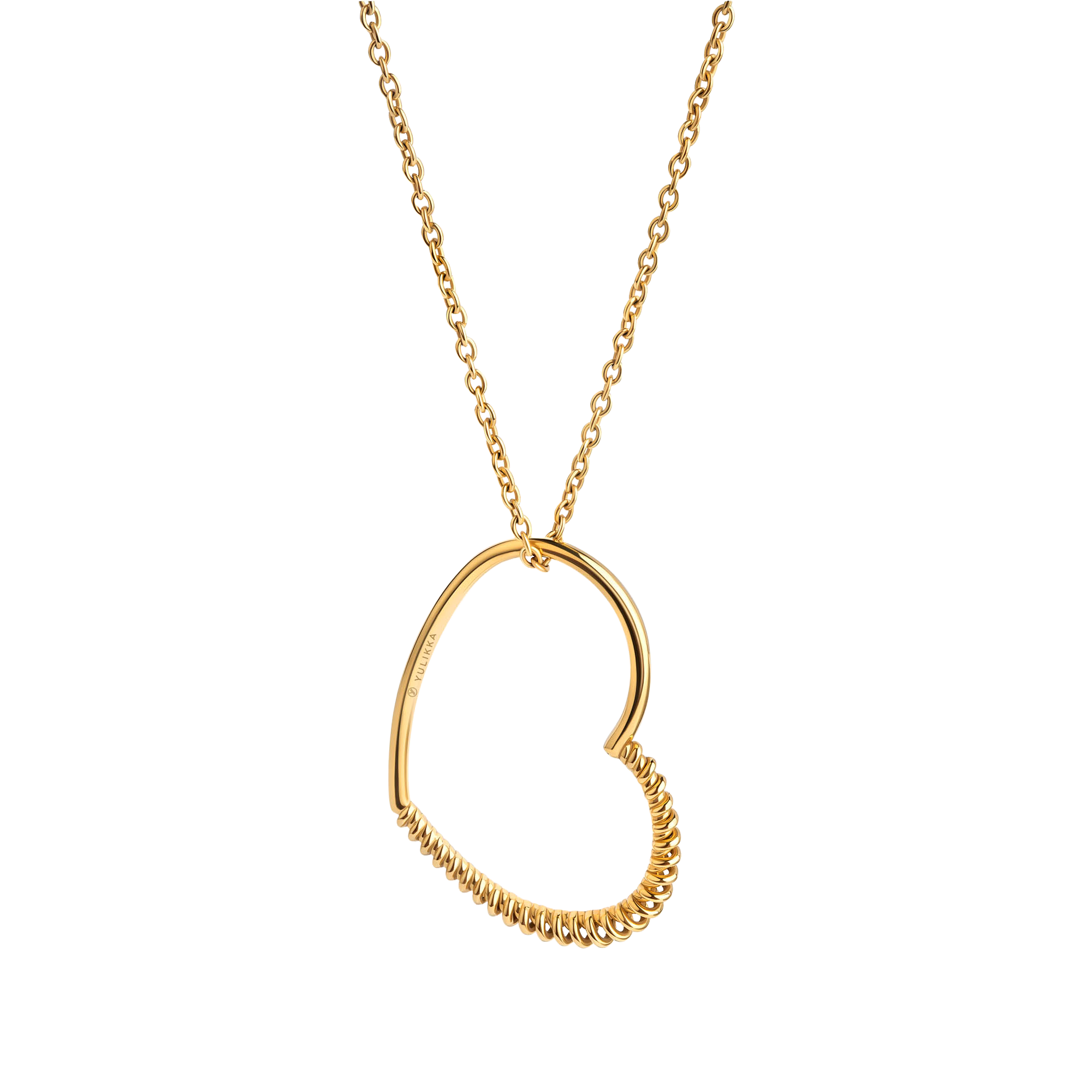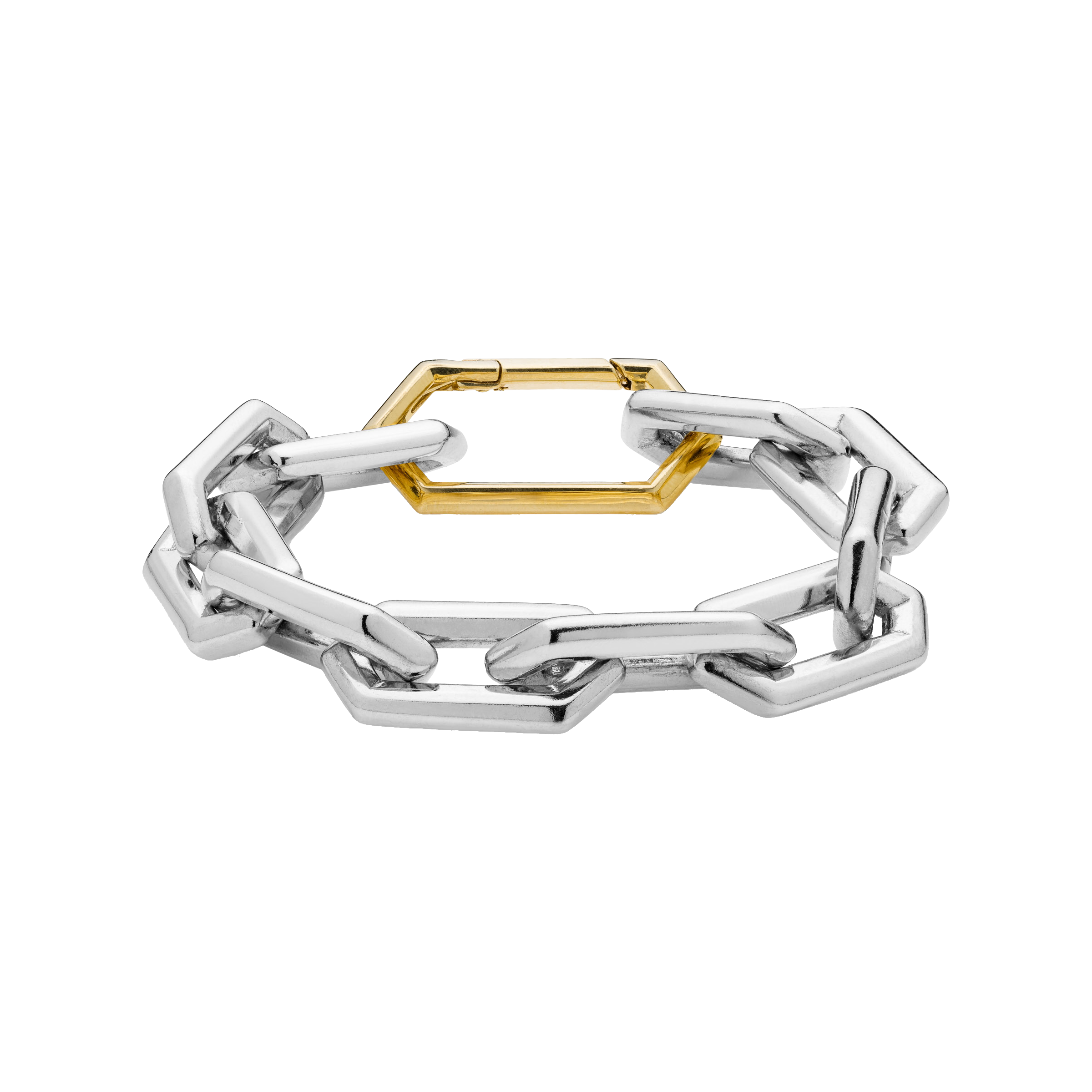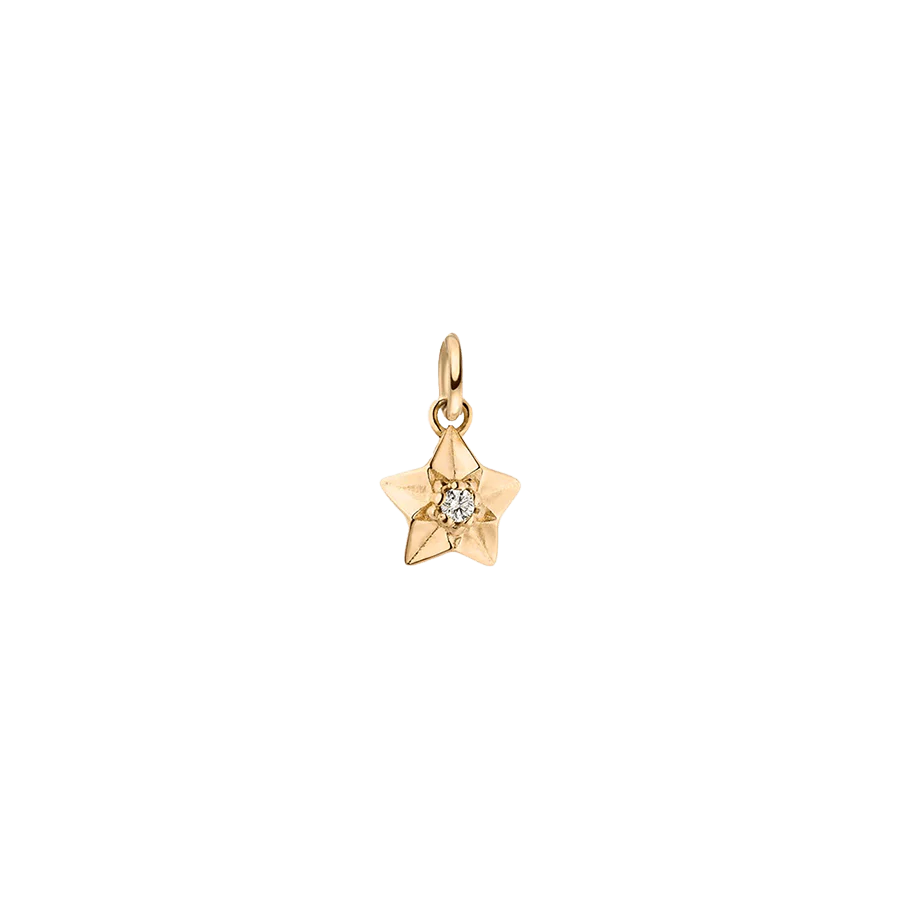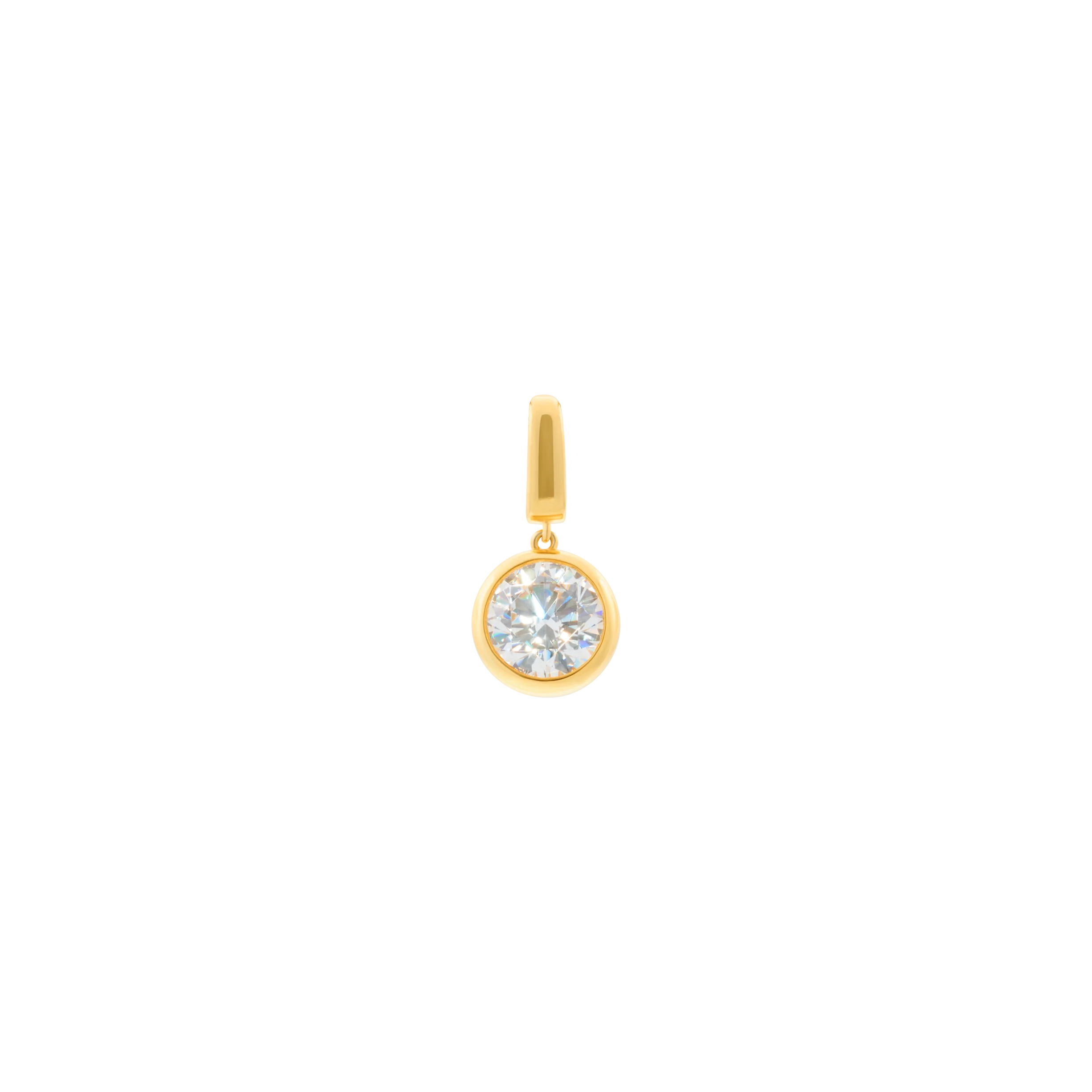Independent verification of the highest sustainability standards.

Insiders cut: What you need to know about Asscher cut diamonds
For the next few months, we'll be taking an in-depth look at key cuts that make some of the world's most dazzling diamonds. This month it's Asscher cut diamonds.
What are Asscher cut diamonds?
These days, the Asscher cut diamond is a popular choice for vintage-inspired engagement rings and other jewelry pieces as the diamond is versatile, customizable and timeless.
An Asscher cut diamond is a type of diamond shape that is square or rectangular and has cropped corners, giving it an octagonal appearance. The standard Asscher cut has 58 facets and a distinctive X-shaped pattern on its crown. This refracts light and gives the diamond a brilliant sparkle. The Asscher diamond cut resembles a square emerald diamond cut but with more step-like facets.
Unique Characteristics
The one-of-a-kind shape of the Asscher cut diamond makes it perfect for creating eye-catching pieces. Asscher cut diamonds are best suited for prong set solitaire pieces. This allows for maximum light refraction, and echoes that notion through clean lines and mid-century details.
Another aspect of the Asscher cut is the "hall-of-mirrors" effect. It refers to the stunning play of light and reflections created by the facets of Asscher cut diamonds. As light enters and bounces between the parallel facets, it creates a captivating corridor of mirrored reflections.
A Dutch Legacy
The Asscher cut's name established in 1902 came from the person who created it, a world-renowned Dutch diamond cutter, Joseph Asscher. His innovative design featured a square shape with cropped corners and step-cut facets for a unique play of light within the diamond.
In the 1920s, during the Art Deco period, the Asscher cut quickly gained popularity and became highly sought after, the geometric lines and symmetrical facets embodying the sleek and stylish aesthetic of the time.
The Royal Asscher Cut is a patented variation with an additional 16 facets, leading up to 74 facets, including pavilion facets, adding even more fire and brilliance. It was developed in 2001 by the Royal Asscher Diamond Company as an update to the standard cut.
Step Cut Family
The Asscher cut is a type of step-cut diamond, meaning its facets are arranged in a series of steps. Other step-cut diamonds include the emerald cut, the baguette cut, and the princess cut. What distinguishes the Asscher cut from the others is its square shape and high crown. This gives it a more radiant appearance than other step-cut diamonds.
A key aspect of the step facets is that they must be cut to the same depth and width, and even a small mistake can make the diamond look uneven or distorted. This makes Asscher cut diamonds more difficult to cut than others, like the round brilliant cut. That said, thanks to lab-grown diamond technology, Asscher-cut diamonds are increasingly easier to cut and more accessible.
Celebrity Uses
Asscher-cut diamonds have graced the hands of renowned stars, capturing headlines and the public's imagination. The Krupp Diamond is a 33.19-carat Asscher cut diamond that was once owned by jewelry icon, Elizabeth Taylor. She received it as a gift from Richard Burton in 1968, and it is one of the most famous Asscher cut diamonds in the world, and is known for its beautiful sparkle and geometric shape.
Play with Colors
For a unique and vibrant look, you can opt for LOEV's Toi et Moi pieces, offering a range of captivating hues. These pieces showcase the beauty of Asscher cut diamonds, meticulously handcrafted with colored enamel and 18k recycled gold.
Designed to be worn alone or stacked with other LOEV Toi et Moi pieces, the two rings represent that special moment when everything just clicks into place.
The Asscher Cut Variations
Here are a few other considerations when finding your distinctive Asscher cut diamond ring.
- With its open facet structure, Asscher cuts tend to be more revealing of inclusions (cuts and abnormalities) than other diamond cuts. That's why, it's often recommended to select a gemstone with a VS2 clarity grade or higher to avoid easily visible internal flaws or blemishes.
- Additionally, opting for a color grade of H or higher makes it more colorless, which enhances the diamond's visual appeal.
- Typically, Asscher cut diamonds hold a symmetrical shape with evenly sized facets. Look for an Asscher cut diamond with an ideal or excellent polish and symmetry. This will also help to maximize the sparkle of the diamond and create a more beautiful overall appearance.
- Asscher cuts make use of a diamond's natural shape and retains a substantial amount of carat weight from the rough stone. However, maximizing carat weight can lead to subpar depth proportions. Deeper Asscher cuts hold more weight, but don't enhance perceived size from the face view. This means the diamond may visually appear smaller than its carat weight implies once it is set in a ring.
The Right Proportion
Finding the right proportion for an Asscher-cut diamond is essential for maximizing its beauty and brilliance. While personal preference plays a key role, there are some general guidelines to consider when assessing the cut quality of an Asscher-cut diamond. For the overall right size and more details on choosing the right diamond for you - take a look at our diamond size guide.
Polish/Symmetry: To maximize sparkle, choose an Asscher cut diamond with a symmetrical shape and evenly sized facets. Look for very good or excellent polish and symmetry grades for optimal brilliance.
Find the right Asscher cut diamond for you!

